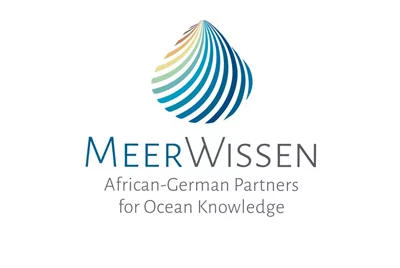Unusual Holopelagic Sargassum Mass Beaching in North West Africa: Morphotypes, Chemical Composition, and Potential Valorisation
The rapid proliferation of holopelagic Sargassum in the tropical Atlantic Ocean presents environmental challenges and economic opportunities. In 2022, Senegal witnessed its first significant holopelagic Sargassum beaching event, triggering widespread concern and interest from civil society, industrial sectors and government. This study represents the first analysis of stranded holopelagic Sargassum’s morphotypes and chemical composition in North West Africa. We highlight the distinct nature of Sargassum stranding in Senegal, dominated by S. fluitans III, and describe a novel morphotype. Compared to the tropical Atlantic, Senegalese Sargassum displayed lower arsenic concentrations, higher cadmium levels, and increased mercury content. The biochemical analysis revealed high total protein levels in Senegalese samples. Furthermore, variations in biochemical composition within various parts of the Sargassum thallus were observed. These findings offer valuable insights into potential applications and limitations. Our study identifies promising uses in Senegal and neighbouring countries, mainly for animal feed and agriculture and in the chemical industry, where notable palladium content is observed and, to a lesser extent, the phenolic compounds and mannitol. Our interdisciplinary approach enhances the global scientific understanding of the Sargassum issue and aids in developing sustainable strategies for African coastal regions grappling with climate change and invasive species. With the anticipation of more frequent Sargassum beaching events and more generally for seaweed exploitation, we advocate for inter-governmental African organisations to establish standardised norms for their exploitation. We also recommend that the Food and Agriculture Organization/World Health Organization consider incorporating more seaweed in the Codex Alimentarius.
